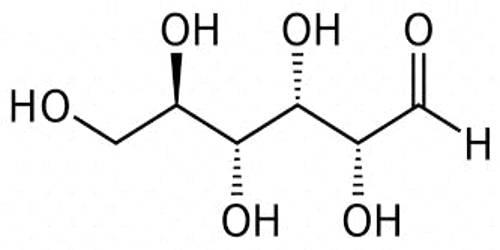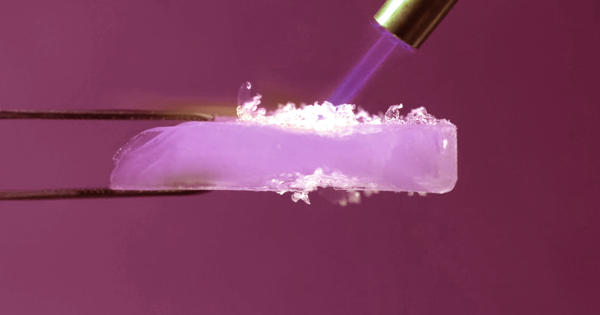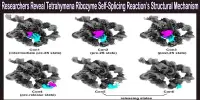Nanotechnology development has accelerated the miniaturization of electronic and mechanical devices, specifically via nanoelectromechanical systems. A nanoflower, in chemistry, refers to a compound of certain elements that result in formations which in microscopic view resemble flowers or, in some cases, trees that are called nanobouquets or nanotrees. These are a special category of nanoscale materials containing a special combination of elements which when viewed microscopically resemble flowers or, in some cases, trees. These formations are nanometers long and thick so they can only be observed using electron microscopy.
Nanoflowers are Iron oxide nanoparticles with flower-like morphology. These are a special category of nanoscale materials containing a special combination of elements which when viewed microscopically resemble flowers or, in some cases, trees.
A simple and eco-friendly method has been developed for the one-pot synthesis of DNA–copper nanoflowers that exhibit high loading efficiencies, low cytotoxicities, and strong resistance against nucleases. Recently, nanoflowers have attracted a lot of attention due to their high resistance, simple preparation processes, increased efficiency, and high stability. It shows a high surface to volume ratio to enhance surface adsorption for accelerating the kinetics of reactions. The zinc oxide nanoflowers revealed a higher number of adsorption sites, which plays a major role in the determination of surface-enhanced Raman spectroscopy.

Production
Several ways to produce nanoflowers are known
- A process is similar to the making of a carbon nanotube using a hydrocarbon gas.
- Heating gallium (Ga) and then flowing methane (CH4) over, under specific pressure and heat. This forms flower-shaped silicon carbide (SiC) structures.
- Heating a molybdenum dioxide (MoO2) thin film on a piece of molybdenum foil surrounded by sulfur vapor.
Nanoflowers are a newly developed class of nanoparticles showing structure similar to flower and gaining much attention due to their simple method of preparation, high stability, and enhance efficiency. Structural features of nanoflower like its petals and dimensions are very difficult to control during and completion of the reaction.
The applications of nanoflower include its use as a biosensor for quick and precise detection of conditions like diabetes, Parkinsonism, Alzheimer’s, food infection, etc. These have been revealed for site-specific action and controlled delivery of drugs. The extended applications of nanoflowers cover purification of enzyme, removal of dye and heavy metal from water, gas-sensing using nickel oxide.
















